
OR
Opinion
Nov 20 polls: Where Do We Go From Here?
Published On: December 1, 2022 10:15 AM NPT By: Sindhuj Thapa and Anmol Purbey

More from Author
According to the latest results of the November 20 elections, four of the top five parties are from the ruling coalition. This coalition is sure to be the one on the top. This election may produce a strong government with certain qualified candidates but it will make the country weaker due to the dispersion of votes. The much-needed peace and political stability are far away even after the election, as feared by some political observers.
The early 21st century was a tumultuous yet transformative period in Nepal’s history. After several years of operation of Nepal under an interim constitution, the country finally introduced a new constitution in 2015. According to Article 76 of this constitution, there are 3 clauses on how Nepal shall appoint its Prime Minister. First, Article 76 (1) which says, “ The President shall appoint the leader of the parliamentary party that commands a majority in the House of Representatives as the Prime Minister, and the Council of Ministers shall be constituted under his or her chairpersonship.” Second, Article 76 (2) which says “in cases where no party has a clear majority in the House of Representatives, the President shall appoint as the Prime Minister a member of the House of Representatives who is able to command a majority with the support of two or more parties.” Finally, Article 76 (3) mentions the situation where the Prime Minister cannot be appointed within thirty days after the date of declaration of the final results of the election or where the Prime Minister so appointed fails to secure a vote of confidence, the President shall appoint as the Prime Minister the leader of the parliamentary party which has the highest number of members in the House of Representatives. The Prime Minister appointed pursuant to Article 76(2) or 76(3) shall be required to secure a vote of confidence from the House of Representatives within thirty days after the date of such appointment.
A party needs at least 138 seats in parliament to form a majority government. As of today, the ruling coalition has already secured 82 seats from the First Past The Post (FPTP) election system and approximately 49 seats from the proportional representation. This means they might have a high chance of forming the government as per Article 76(2) of the constitution with the help of some small fringe parties and independent parliamentarians. Having said that, it is still not guaranteed that they will go with the agreed coalition since this is more of a ‘what is in it for me?’ game. The parties will take the decision solely on the basis of the question if their leaders have the opportunity to grab the top tier positions? How many ministries do they get out of any coalitions? How much power do they hold in a particular coalition?
No party will be capable of obtaining that number independently in the current predicament. A coalition government is therefore unavoidable. According to the constitution of Nepal, there has to be a vote of confidence when the single party majority government cannot be attained and the Prime Minister is elected via clause 2 or 3 of article 76 of the constitution of Nepal. Two-thirds of the parliament members have to vote for the selected PM, only after which the decision is finalized. Because of this scenario, the new political parties like the Rastriya Swatantra Party, Loktantrik Samajwadi Party, Nagarik Unmukti Party, etc are going to play a pivotal role in the government making since whichever coalition these parties decide to support will have a higher chance of forming the government. Although the ruling alliance has the ability to form a majority government, it is doubtful if the nation will see the crucial political stability.
Article 76(2) and 76(3) seem most the possible cases in the current scenario where the President appoints as the Prime Minister the leader of the parliamentary party which has the highest number of members in the House of Representatives and after obtaining 2/3 votes of confidence can get appointed as the PM, which could be honestly anyone, because of the fluidity of condition. So, government formation might take 3-4 months after the election results are out, given the condition of a hung parliament. Even after the government is formed, there is a high chance of overthrowing governments (position of PM) after 2/2.5 years. The next five years might see more than one Prime Minister or maybe more than that because of this instability.
We can relate this situation with the political disaster Nepal faced back in 1994. During that election, the Communist Party of Nepal-Unified Marxist Leninist formed the first communist government in Nepal and the Nepali Congress was in the opposition. None of the political parties could win a simple majority and a "hung parliament" was elected in Nepal. Beset by a multitude of problems, Nepal's economic performance in 1994 was reported to be as dismal as in the previous years. Numerous indicators suggested that the nation's economy was teetering on the brink of collapse. For 1994, the administration unveiled a supplemental budget of US$798.3 million. It was anticipated that the budget will have a $28 million deficit. Nepal's economic situation was tagged with terms like 'commission,' 'corruption,' 'politicization,' 'bureaucracy,' 'frustration and alienation,' 'nepotism,' 'favoritism,' 'price rises”, "monetary inflation,” and increases in utility rates. An "imbalance in international trade," "shrinking expenditures," inflationary pressures, "drop in cash-crops," "export collapse," and the overall economy verging on "a crisis point" were mostly noted in the Survey of Fiscal Year 1994–1995 report.
Nevertheless, it does not mean that because of a hung parliament our country is guaranteed to enter into a catastrophic situation. It indeed is a challenge, however, if our politicians can take rational decisions in the favor of national interest, this could be a blessing in disguise. First things first. In a coalition government, there cannot exist an extreme direction toward anything as everyone will have some degree of representation in parliament. Additionally, the new and young addition to parliament with diverse qualifications will provide a new perspective to parliament.
The year 1994 has taught a good lesson to the political forces in Nepal, that a hung parliament can lead to a political disaster. The currently elected players of the government need to establish a consensus with other political parties on the issues of democracy and national interest to avoid the social, economic and political issues we faced in the year 1994 . The current situation of Nepal is distressing. Currently in Nepal, 190,726 Nepalis who were issued citizenship by birth are stateless, Forex reserves has decreased by 16.2%, liquidity has reached approximately Rs 200 billion, Federal Education Act is still not passed and in a crisis situation like this we cannot afford our government to go through a reelection or any form of political instability. Only if most political parties work together with concerted efforts can the Nepali people expect to be relieved of hardships in the near future.
You May Like This
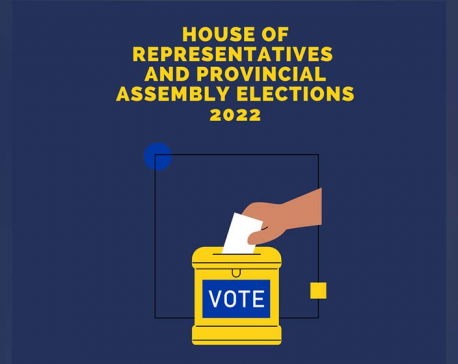
Ruling coalition leads in two constituencies in Sindhuli
SINDHULI, Nov 22: Ruling coalition is leading in two areas of Sindhuli. Shyam Kumar Ghimire of Nepali Congress (NC) is... Read More...
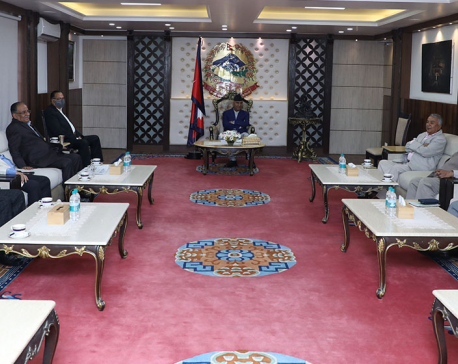
Ruling coalition meeting to discuss distribution of seats
KATHMANDU, August 23: A meeting of the top leaders of the ruling coalition is being held today to discuss the... Read More...

Chief election officer's office set up for national assembly election
DANG, Jan 13: The Office of the Chief Election Officer and Election Officers has been set up in Dang district... Read More...






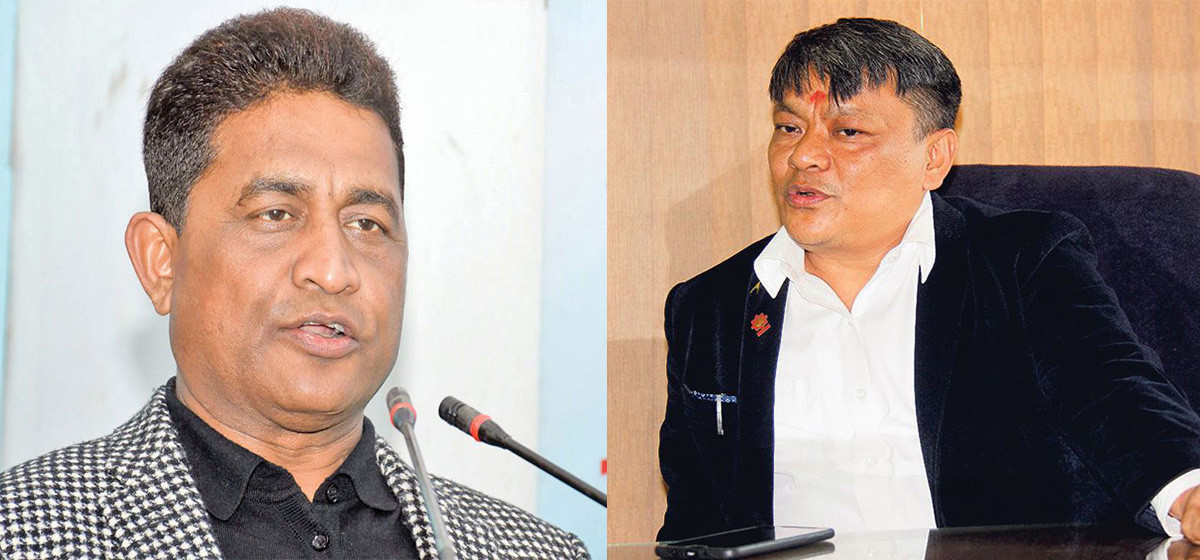
Just In
- West Indies 'A' sets Nepal a target of 205 runs
- Parliamentary committee directs govt to provide electricity tariff subsidies to cold storage facilities
- Former DoTM employee Bhatta arrested in connection with illegal license issuance case
- One killed in a fire incident in Dadeldhura
- JSP Central Executive Committee meeting being held today to discuss national convention representative election guidelines
- KMC adjust office hours, services now start at 9AM
- Five-match T20 series: first match between West Indies 'A' and Nepal starts today
- Govt yet to pay Rs 60 billion to contractors








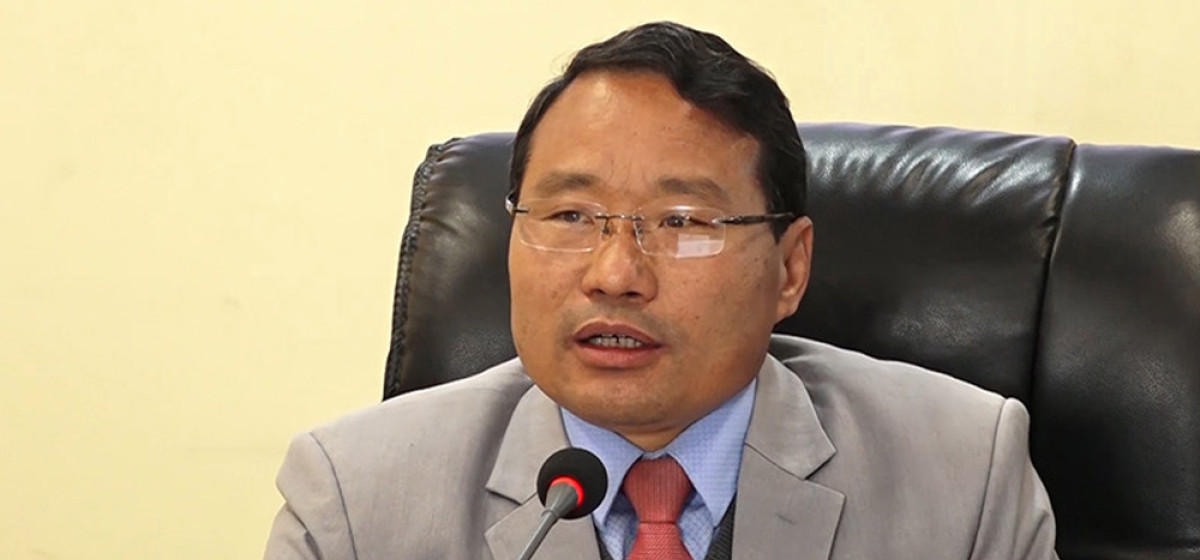
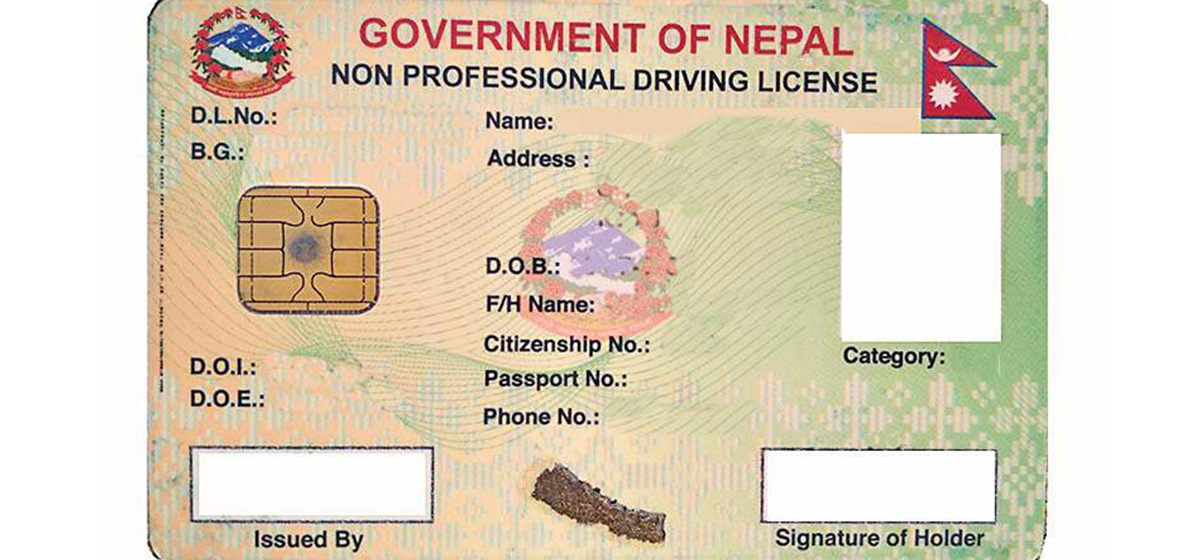
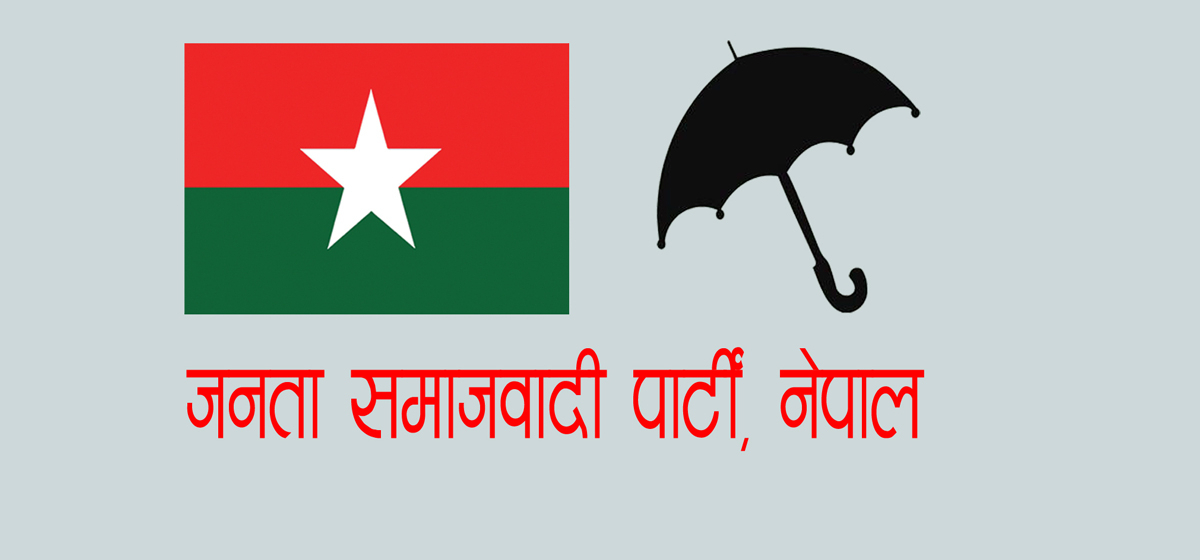

Leave A Comment